Articles tagged with: "dominant"

Diminished Scales: A Guide to Symmetrical Patterns in Music
The diminished scale, also known as the octatonic scale, is a fascinating eight-note symmetrical scale that alternates between whole and half steps. It is a cornerstone of modern harmony, used …

Unlocking the Drama: A Complete Guide to Augmented Sixth Chords
Dive deep into the world of Augmented Sixth chords, the secret ingredient for musical drama and tension. This comprehensive guide breaks down the three main types—Italian, French, and German—with...

Mastering the 7#11 Chord: A Comprehensive Guide to Dominant Seventh Sharp Eleven
The 7#11 chord, also known as the dominant seventh sharp eleven, is a rich and colorful extended chord that adds harmonic tension and sophistication to music. This chord is particularly …

Tritone (Augmented Fourth): The Devil's Interval
The tritone, an interval spanning six semitones, is arguably the most fascinating and historically significant interval in Western music. Known for its jarring dissonance and powerful need for...

Unlocking the Lydian Dominant (Lydian b7): A Comprehensive Guide
Dive deep into the Lydian Dominant scale (Lydian b7), the sound behind *The Simpsons* theme and countless jazz solos. This guide breaks down its theory, shows you how to build …
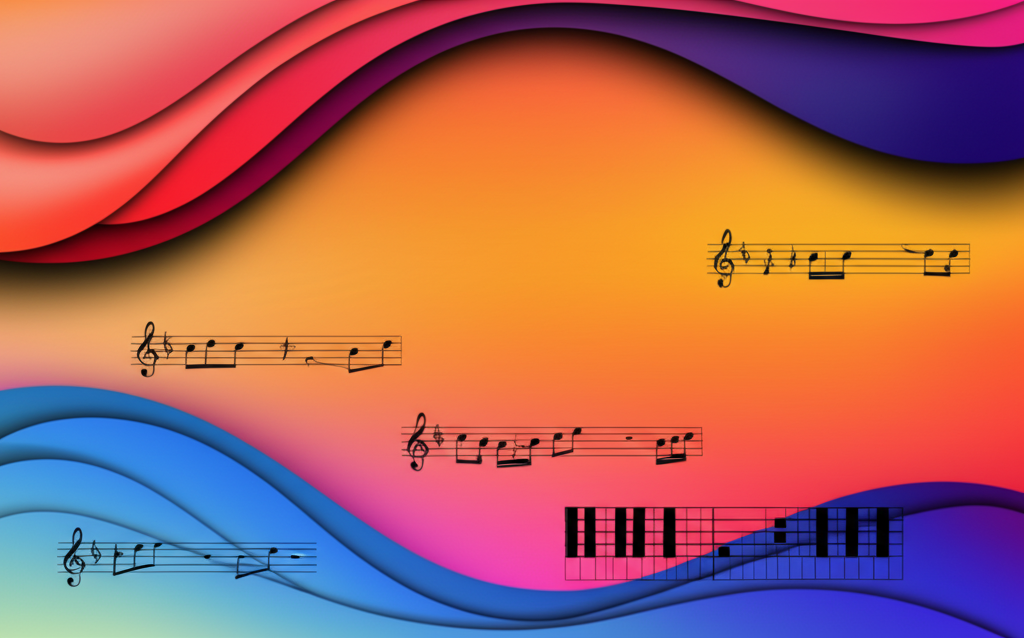
The Melodic Minor Scale: A Versatile Tool for Musicians
The melodic minor scale is a fascinating and versatile musical scale with a dual identity. Classically, it solves a melodic problem in minor keys by raising the 6th and 7th …

Mastering the 7#11 Chord: The Complete Guide to Dominant Seventh Sharp Eleven
The 7#11 chord, also known as the dominant seventh sharp eleven or lydian dominant, is a rich and colorful extension of the basic dominant seventh chord. This sophisticated harmony adds …

Unlocking the Neapolitan Chord: A Comprehensive Guide for Musicians
Often described as poignant, dramatic, or surprising, the Neapolitan chord is a powerful expressive tool in tonal music. This guide demystifies this unique chromatic chord, covering its definition,...

Unlocking the Prometheus Scale: A Comprehensive Guide
The Prometheus Scale, a hexatonic (six-note) scale conceived by Russian composer Alexander Scriabin, is a cornerstone of his mystical and harmonically advanced style. Far from a modern invention with...

The iii-vi-ii-V Progression: Circle of Fifths in Motion
The iii-vi-ii-V is one of the most elegant and common chord progressions in Western music, particularly in jazz and classic pop. It functions as a powerful extension of the fundamental …

The Harmonic Minor Scale: A Guide to Its Mystery and Tension
The harmonic minor scale is a crucial variation of the natural minor scale, defined by its raised seventh degree. This single alteration creates a distinctive augmented second interval, giving the...

Dominant Ninth Chord: Adding Color to Dominant Harmony
The dominant ninth chord (9) is an extended harmony that adds sophistication and color to traditional dominant function chords. Built by adding a major ninth interval to a dominant seventh …

The Hendrix Chord: Deconstructing the Dominant 7#9
Unravel the mystery behind one of rock's most iconic sounds. From its jazz origins to its explosive impact in the hands of Jimi Hendrix, we'll explore the theory, application, and …
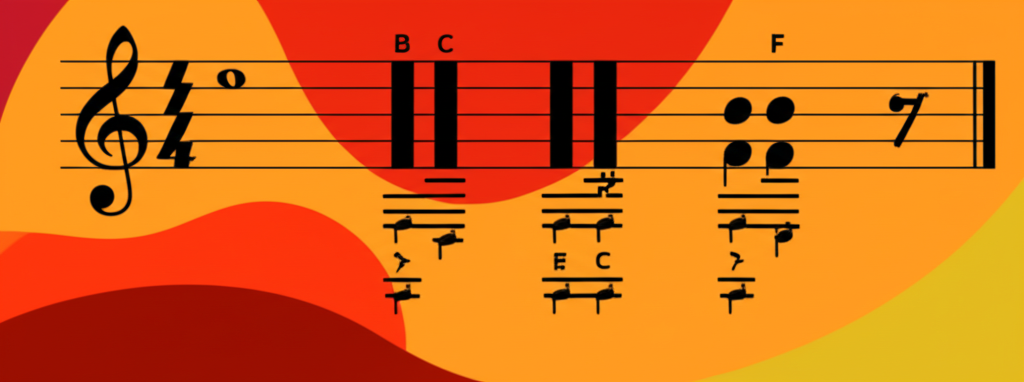
The Ultimate Guide to the Dominant Seventh Chord
If there's one chord that acts as the engine of Western music, it's the dominant seventh. You've heard its tense, unresolved sound countless times in everything from Bach to blues, …
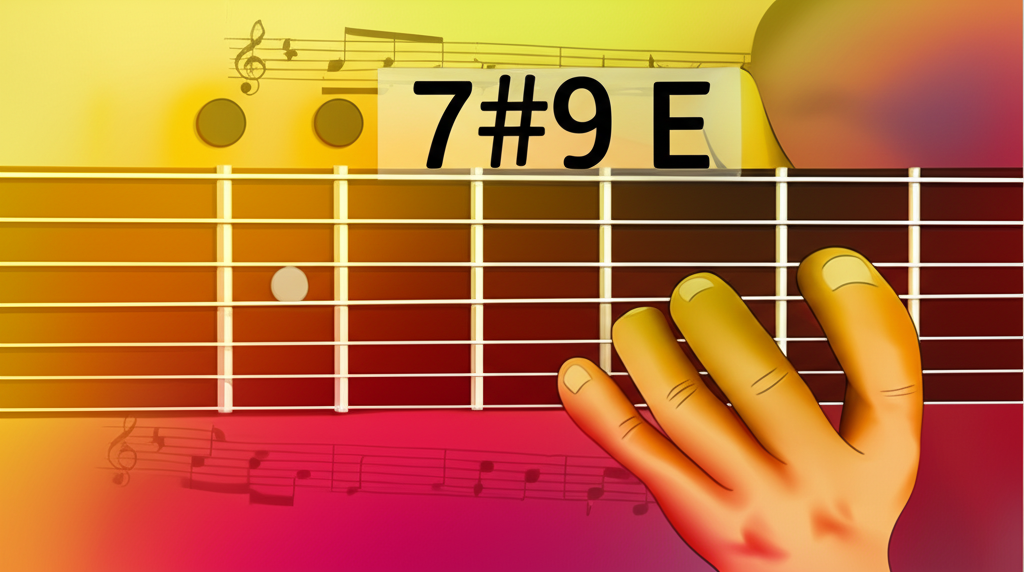
The Hendrix Chord (7#9): A Deep Dive into the Iconic Dominant Seventh Sharp Nine
The Hendrix Chord, formally known as the dominant seventh sharp nine (7#9), is a rich and dissonant chord that has become synonymous with the sound of Jimi Hendrix. It is …

The Altered Scale: Your Ultimate Guide to Jazz Dominant Tension
Imagine a dominant chord that's not just pushing to resolve, but is practically screaming to. That's the sound of the altered scale. It's a collection of notes specifically chosen to …
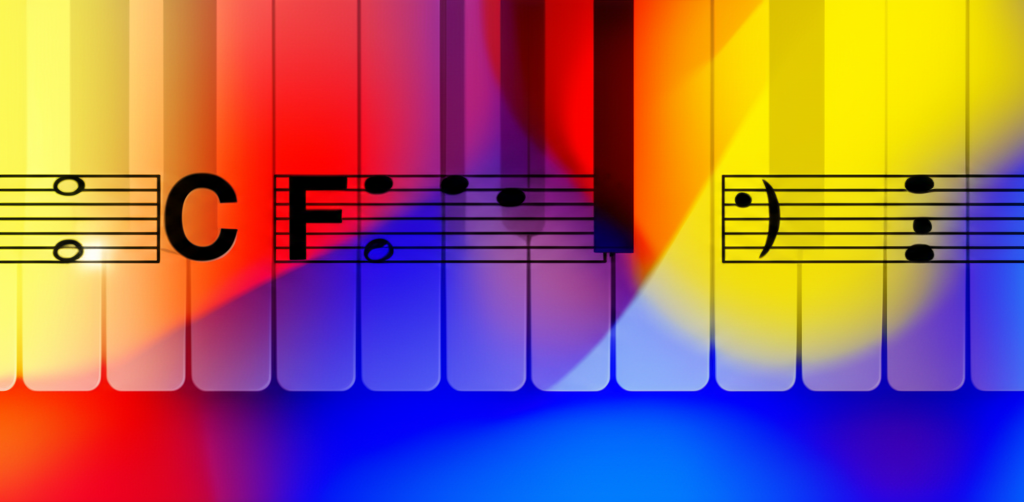
Perfect Fourth Interval: The Foundation of Musical Stability
The perfect fourth, an interval spanning five semitones, is one of music's most fundamental and versatile building blocks. It is a perfect consonance, possessing a stable and pure sound derived …

The Lydian Mode: Bright Colors in Modern Harmony
The Lydian mode, characterized by its distinctive raised fourth degree, creates a bright, optimistic, and often magical sound that has captivated composers and improvisers. This comprehensive guide...

The Neapolitan Chord: A Guide to this Dramatic Chromatic Harmony
The Neapolitan chord, a striking chromatic harmony, adds a unique splash of color and emotion to music. This article demystifies this special chord, exploring its definition as a major triad …

Unlocking the Augmented Fifth: Your Guide to Musical Tension and Color
This article delves into the augmented fifth, a unique and colorful interval in music theory. We will explore its definition, its distinct, dissonant sound, and its crucial role in creating …

A Guide to Dominant Modulation: Changing Keys Like a Pro
Dominant modulation is a cornerstone of Western music, providing a smooth and powerful way to change keys. This article demystifies this essential harmonic tool, exploring what it is, how it …

The 7#11 Chord Demystified: Construction, Usage, and Musical Applications
The 7#11 chord, also known as the dominant seventh sharp eleven, is a rich and colorful extended chord that adds a unique flavor to harmonic progressions. This chord is widely …

The Complete Musician's Guide to Altered Dominant (7alt) Chords
The altered dominant, commonly notated as 7alt, is a sophisticated dominant 7th chord that incorporates one or more altered extensions (b9, #9, b5, #5) to create maximum harmonic tension. This …
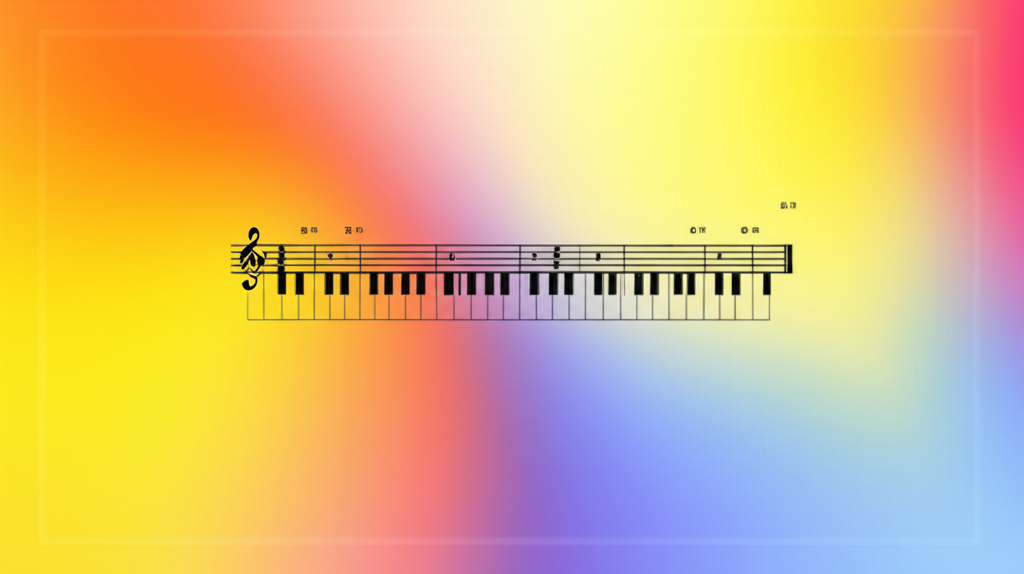
Mastering the Mixolydian Mode: A Complete Guide for Musicians
The Mixolydian mode is one of the seven musical modes derived from the major scale. It is often described as a major scale with a flattened seventh (♭7), giving it …

The Dominant Eleventh Chord: A Guide to Its Sound, Soul, and Function
This article demystifies the dominant eleventh chord (V11), a sophisticated harmony that defines the sound of modern jazz, funk, and gospel. We explore its theoretical construction, the crucial...

The Bebop Dominant Scale: Unlocking the Language of Jazz
The Bebop Dominant scale is an eight-note scale that adds a single chromatic passing tone to the standard Mixolydian mode. This addition is the key to creating the smooth, rhythmically …

The Ultimate Guide to the 12-Bar Blues
The 12-bar blues is a foundational chord progression and song structure that serves as the bedrock of blues music and has profoundly influenced jazz, rock and roll, country, and R&B. …
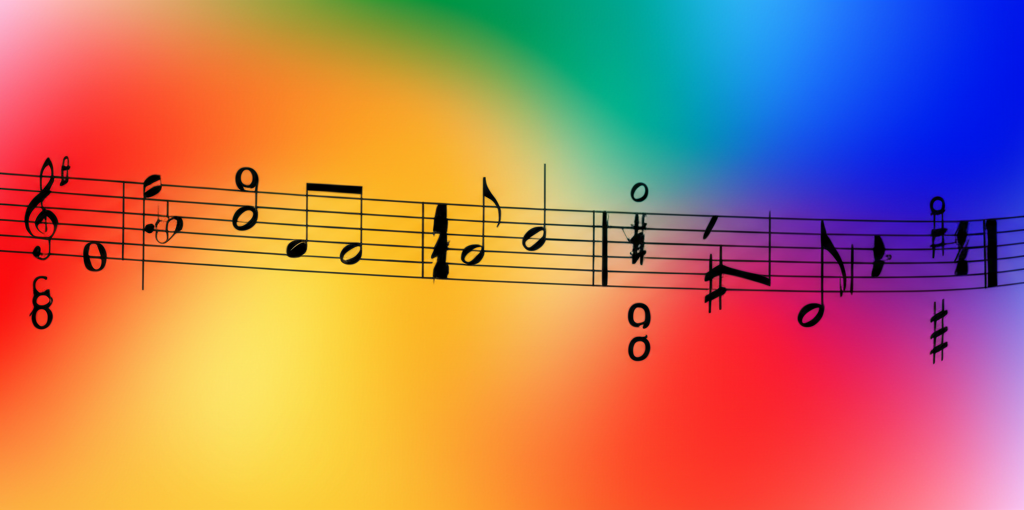
Altered Chords: Adding Color and Tension to Your Music
Altered chords are a cornerstone of modern harmony, providing a rich palette of tension and release by chromatically modifying standard chord tones. This guide demystifies altered dominant chords,...
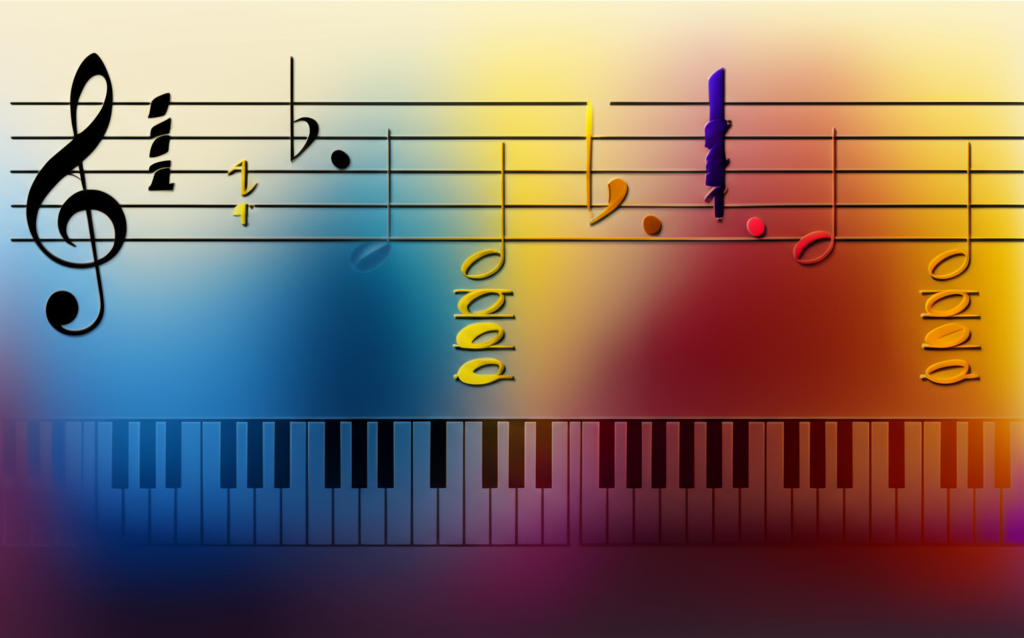
I-IV-V-I Chord Progression: The Foundation of Western Music
The I-IV-V-I chord progression is arguably the most important harmonic sequence in Western music. This powerful and versatile progression serves as the structural backbone for countless songs in...

Unlocking Exotic Sounds: A Deep Dive into the Half-Whole Diminished Scale (Synthetic Scale 2)
Delve into the Half-Whole Diminished Scale, a cornerstone of modern harmony also known as Synthetic Scale 2. Learn its symmetrical construction, its powerful use over dominant chords in jazz, and …

Perfect Fifth Interval: The Pillar of Musical Harmony
The perfect fifth interval, spanning seven semitones, is arguably the most important harmonic interval in Western music after the octave. Its pure, stable sound comes from a simple acoustic ratio...

Unlocking Symmetrical Sounds: A Deep Dive into the Whole-Half Diminished Scale (Synthetic Scale 1)
This article provides a comprehensive guide to the octatonic scale, also known as the diminished scale or Synthetic Scale 1. We deconstruct its two primary forms—the Whole-Half and...

Secondary Dominants: Adding Color and Direction to Chord Progressions
Secondary dominants are one of the most powerful tools in functional harmony, used to add color, tension, and forward momentum to chord progressions. By temporarily "tonicizing" chords other than the...
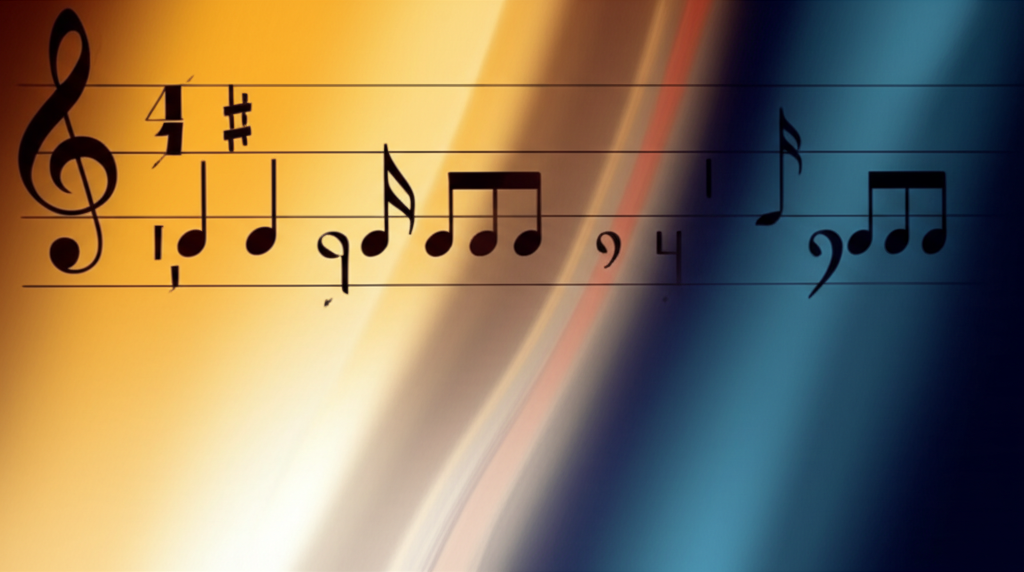
12-Bar Blues Progression: The Foundation of American Popular Music
The 12-bar blues is the most important and influential chord progression in the history of American popular music. This foundational harmonic cycle, built on the I, IV, and V chords, …

Augmented Chord: The Mysterious Symmetrical Harmony
The augmented chord, built by stacking two major thirds, is a perfectly symmetrical harmony that divides the octave into three equal parts. Its unique structure creates a sense of tension, …